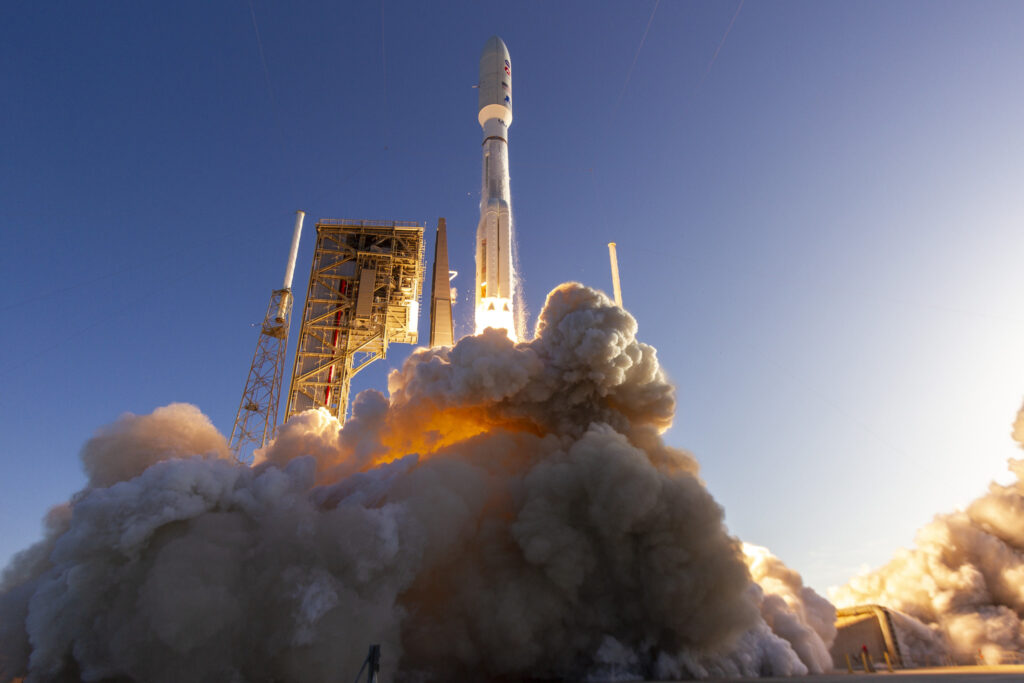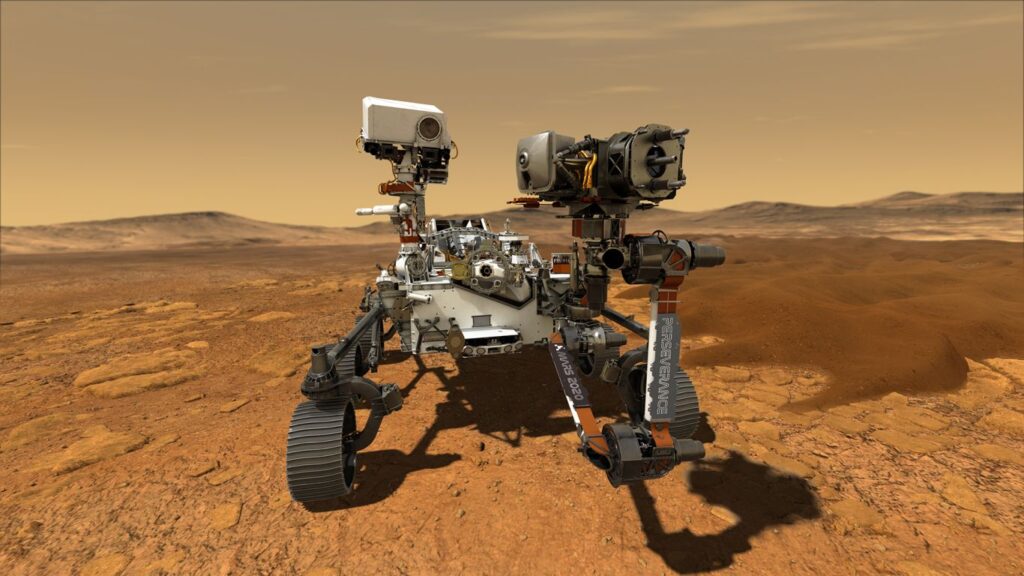Mars Rover Perseverance in Safe Mode: What Does It Mean?

On July 30, 2020, the Mars Rover Perseverance was launched. Perseverance will be the fifth rover that NASA sent to Mars. The first four were Sojourner, the twin rovers Spirit and Opportunity, and Curiosity. Several more missions were sent to Mars before and after these rovers, from the space agencies in Europe, Russia, India, China, Japan and the United States time and money to do so.
Why do nations continue to explore Mars?
Continued explorations revealed that it is probable that Mars used to have a wetter and warmer ancient past and could have hosted life like Earth. Thus, scientists continue to search for life. Moreover, they want to know why Mars and the other planets are different from each other. While the missions to Mars to date are still unmanned, there is a prediction that the first human who will land on Mars will be a woman.
On the practical side, NASA scientists say that it is comparatively easy to land on Mars, and will not melt their scientific equipment, which will occur if they land on Mercury or Venus.

Perseverance, the latest Mars rover
NASA says that Perseverance is the most advanced rover to date. It rode an Atlas V rocket when it launched from Florida’s Cape Canaveral Air Force Station.
However, shortly after the launch, the spacecraft suffered some glitches, according to NASA engineers, and it went on “safe mode” to protect the craft and the rover it carries. They said that the spacecraft had a minor temperature and communications issues after the launch, but they assured that the small problems would not harm the mission.
Reason for the safe mode
The spacecraft went into safe mode because it became colder after passing through the Earth’s shadow. The Mars 2020 team said this is an automatic response when there is a change in temperature. They said the problem came from the Freon they have on board to ensure that the rover’s nuclear battery remains cool.
Communications issues post-launch
During the news conference after the launch, the Perseverance team learned that the persistent issue with communications was already fixed. In the first few hours after the launch, the processing of the signal sent by the spacecraft was incorrect.
Matt Wallace, the Mars 2020 deputy project manager, said the miscommunication was due to NASA’s reliance on the Deep Space Network to communicate with the rover.
At that time, he said that the spacecraft had not reached deep space yet. Because the network comprises huge antennas with very sensitive receivers and the spacecraft was very close to these antennas at that time, the spacecraft signal was greatly magnified. After tweaking the network settings, they regained proper communication.
Perseverance will reach Mars on February 18, 2021. It will be lowered on Mars by a rocket. As it nears the surface, the rocket will use a sky crane to lower the 2,260-pound rover gently. Perseverance’s mission is to drill into the surface and collect rock samples, which a future mission will recover and bring back to Earth.